Shada E27 LED Lamps

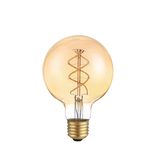

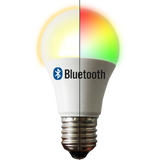

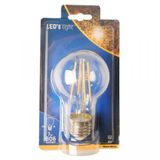
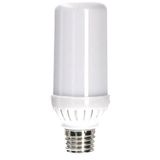
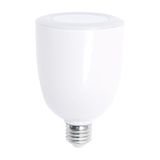
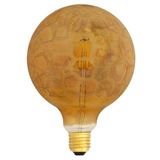
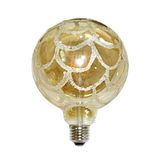
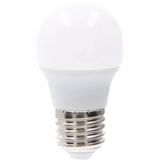





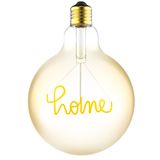
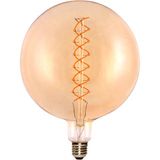
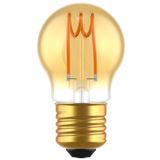
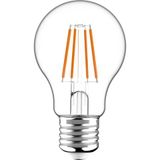
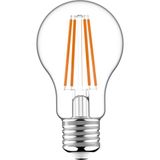

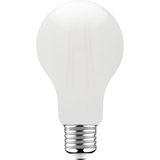
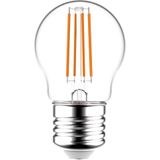


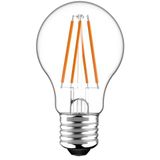
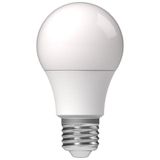
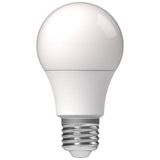


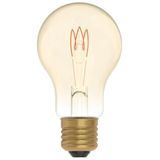

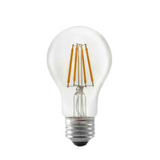

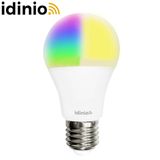

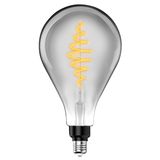
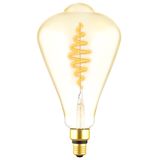

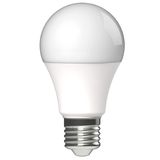


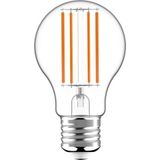
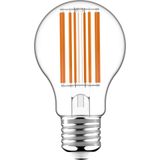
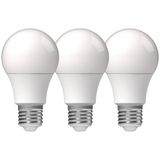
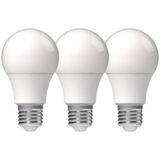
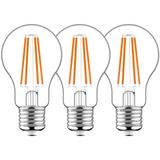
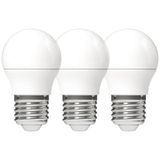

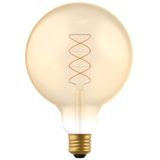
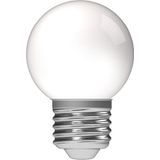
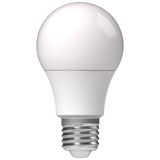


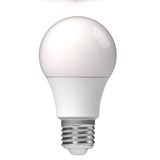
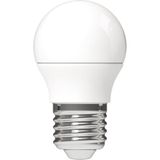
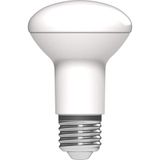

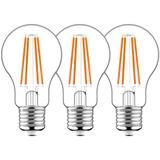
-
-
1
- 2
-
shada e27 led bulbs for mainstream replacements
Shada focuses on reliable screw-base lamps that slot straight into existing fittings across apartments, hotels, offices, and retail. Bodies cover classic A-shape and décor forms, with diffused domes for general illumination and clear filaments where the lamp is visible. Installers get predictable geometry that seats correctly in tight shades, stable drivers that avoid shimmer on modern dimmers, and cartons labeled with real lumen values so schedules convert cleanly from legacy wattages.
shada e27 standard base lamps range and form factors
Expect A60/A67 workhorses for rooms and corridors, candle and globe options for open fixtures, and vintage ST64/T45 filaments for hospitality. Output classes typically span 470 lm, 806 lm, 1055 lm, 1521 lm, and up to ~2450 lm in high-lumen A-types. Beam is wide—≈200–320°—so fittings with side-entry caps still fill shades evenly. For special tasks, look for rough-service filaments with reinforced stems and mirror-top variants to reduce glare in pendant applications.
Technical specifications and standards
Electrical: 220–240 V AC, 50/60 Hz. Power factors generally ≥0.5 on ≤10 W types and ≥0.9 on higher-output SKUs; THD typically ≤15–20 %. Surge immunity 1–2 kV helps on long residential spurs. Thermal envelopes: −20…+40 °C (check high-lumen types for +35 °C caps). Photometrics: CRI 80 baseline with CRI 90 options for color-critical areas; common CCTs are 2700 K, 3000 K, and 4000 K. Lifetime is quoted as L70/L80 15–50k h depending on driver and package; LM-80/TM-21 data underpins projections for the LED filaments or mid-power arrays. Safety and performance align with IEC/EN 62560 and EN 62612; drivers reference IEC/EN 61347-1/-2-13; EMC to EN 55015 and the EN 61000 series; materials comply with RoHS. Flicker is kept low via constant-current regulation; specify percent-flicker or PstLM targets when lamps feed workstation areas.
shada led light bulbs e27 dimming behavior
Trailing-edge control gives the cleanest low-level performance with modern LED drivers; leading-edge remains viable where legacy plates dominate, but confirm the published load window. Set minimum levels during commissioning to prevent low-end shimmer, and avoid mixing lamp batches on the same loop when uniformity matters.
shada e27 retrofit bulbs in enclosed and specialty fittings
High-lumen A-types run warm in sealed globes. Select “enclosed-rated” versions with stated tc limits, or step down one lumen class when airflow is poor. Pendant optics often benefit from clear filaments to maintain sparkle; mirror-tops cut direct view glare above counters. Where emergency inverters are present, choose lamps validated for DC or square-wave outputs so maintained circuits stay legal.
Applications and compatibility
Apartments and hotels rely on 806–1055 lm A60s for rooms and 2700–3000 K for ambience; offices lean on 4000 K for clarity in support spaces; retail back-of-house prefers high-lumen A67s in open battens; stair cores and lobbies favor shatter-safe globes in IK-rated housings. Lamps fit standard E27 holders without adaptors; in hot ceilings, use ceramic caps. For controls, occupancy sensors with zero-crossing relays extend driver life. Where a tender calls out décor luminaires, specify filament styles with CRI 90 to keep wood and textiles honest.
Integration with other Shada products
Pair lamps with Shada holders, ceiling roses, and compression glands to keep strain relief consistent. On dimmed loops, match with Shada wall controllers or modular dimmers rated for LED loads and note the minimum stable set-point in the handover notes. For rapid maintenance, use the brand’s label sleeves so circuit IDs and CCT stay visible after service. In multi-room programs, pre-bag lamps with Shada connector whips and brackets from the accessories range to speed first fix.
Selection criteria for B2B clients
Start from maintained lux and surface reflectance, not just “equivalent watts.” Choose lumen class from spacing and shade losses, then lock CCT by area: 2700 K for guestrooms and lounges, 3000 K in mixed hospitality, 4000 K for task-leaning back-of-house. Specify CRI 90 where finishes or food colors matter. Confirm PF and inrush when many lamps share one breaker; document dimmer type and channel count. In sealed shades, cap lamp power to keep case temperatures within rating. For uniform fleets, keep a single filament geometry to avoid mixed sparkle across a lobby.
shada modular switch range and control layers
When scenes or timed off-delays are required, modular plates with push buttons and rotary inserts manage mixed circuits cleanly—phase-cut for simple rooms, 1–10 V or gateway control where luminaires evolve later. Note the required locator LEDs and engraving early so plates, lamps, and room cards stay aligned.
Advantages of working with Bankoflamps
We align lamp classes to your room schedule, then show live EU stock before crews are dispatched. Quotes arrive in about an hour with EAN/MPN so lumen class, CCT, cap material, and dimmer pairing don’t drift between phases. Your portal exposes lead times, shipment status, and downloadable price files; pricing windows are held to your gate dates. Approved customers can use post-payment up to 30 days. We consolidate partials to cut freight and waste, and your account manager checks holder type, enclosure temperature, breaker density, dimmer load, surge needs, and labeling against your drawings—so cartons land site-ready.